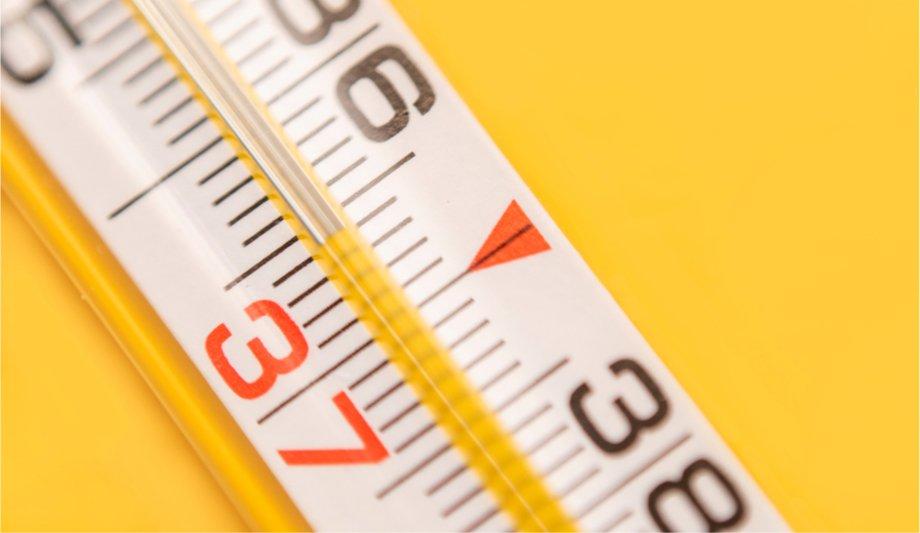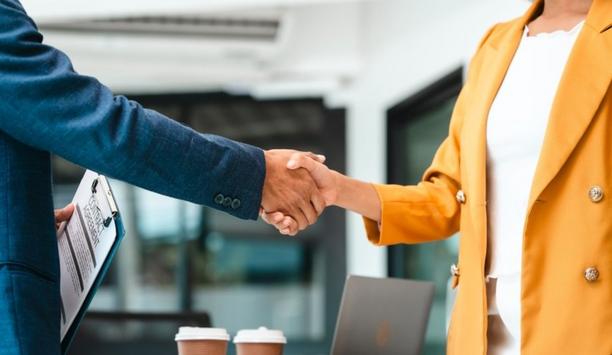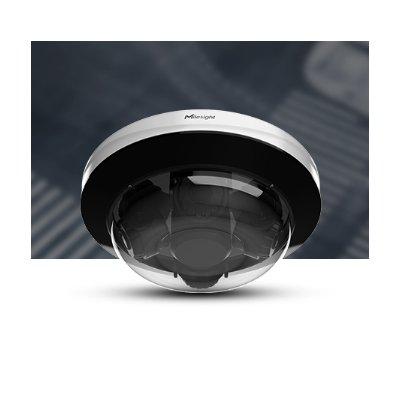As organisations look to reopen, management needs to implement new processes and technologies to help keep employees and visitors safe whilst adhering to government mandates and various industry compliance regulations.
However, many specifics still remain unclear, creating apprehension for enterprises as they look for new solutions to ensure the health and safety of their personnel and businesses. This poses many challenges from a security and workforce management perspective.
The need for elevated body temperature detection
There has been much public discussion on the topic of fever detection, and you’ll hear a range of other terms being used to describe it as temperature detection, elevated body temperature (EBT) detection, temperature screening, and temperature measurement to name a few. All these words have different clinical meanings, not to mention different language nuances as companies try to decipher which solution best fits their needs and requirements.
The problem with any or all of these new external detection “solutions” is that none provide a way to determine if an individual has a true clinically-defined fever. A clinical thermometer that measures one’s internal temperature usually requires insertion into the mouth, ear, rectum, or armpit. While no equipment can be 100% accurate, clinical thermometers have a variation of 0.3 to 1⁰F, with the ear being the most accurate location to measure core body temperature.
COVID-19 creates a new problem for using clinical thermometers
But, COVID-19 creates a new problem for using clinical thermometers: individuals responsible for taking temperatures cannot socially distance themselves while inserting an instrument into someone’s body. That instrument, which has now been in someone’s ear, must then be cleaned after contact. Conventional clinical core body temperature measurement is not only unsanitary to do on an enterprise-scale, it is also very, very slow. These challenges preclude large businesses from using this method for these very clear and pragmatic reasons.
Thermal imaging technology
Thermal imaging technology, which we refer to as “thermography”, provides a touchless option which serves the purpose of pre-screening without putting anyone at risk. However, thermography cannot detect a fever, which is any temperature reading above a specific point in a person. Being a reading of radiated heat, thermal imaging cannot measure the temperature inside the body. Instead, we can use thermography to screen elevated body temperature (EBT) to infer that someone may have a fever.
EBT requires a reference point where we can safely say there is a core body fever based on surface temperature. What is a normal surface temperature? How high is too high? What is the threshold?
Thus, thermography devices need to be calibrated against a black body. This is a large metal box where the device, like a thermal gun, is held to read a set temperature. Black bodies are used as the reference point for EBT; set the black body to the threshold temperature (e.g. the CDC’s threshold for a fever), calibrate the gun, and compare the black body’s radiated temperature to the forehead of the person being screened. This process, while quicker than using and cleaning clinical thermometers, still takes time and effort to set up every time the environment changes. Further, a black body is an additional expense businesses must incur to begin pre-screening temperatures.
Touchless measuring
The reason why we see so many thermal guns in lobbies now is because they are the simplest way to touchlessly measure temperature. The gun is held about an inch (2.54 cm) from the forehead, where there is the highest percentage of thin skin exposed on the body. The temporal artery on the forehead heats up the fastest in response to core body temperature changes, so thin skin is important to an “accurate” reading. In a practical sense, it’s just convenient.
Until now, thermography was only occasionally used to screen temperatures in people. It’s more commonly used in cars and microwaves, where variation within an acceptable range matters less than it does in healthcare. Companies that make devices like thermal guns and other readers saw the market’s need and shifted into healthcare because businesses required a solution as quickly as possible so they could get back to being productive.
Companies that make devices like thermal guns and other readers saw the market’s need
The conversation right now is lingering on ambient temperature, and how the skin heats up in response to external factors. Is it cold outside? Is someone wearing a knit hat? Did they just dry their hair with heat? The reading on thermal guns and cameras can be higher or lower than the core body temperature as skin temperature changes with the environment, and that can prohibit someone who isn’t sick from going to work, or, worse, allow someone who does have a fever to enter the building and infect others. In a situation as dire as the one we’re in with COVID-19, those risks aren’t worth taking.
Two cameras are better than one
So, we now know that we need a quick, accurate and touchless way to measure elevated body temperature without it being affected by the environment. This is a big ask, but there is a solution.
The medial canthus, the inner eye where the tear duct is located, is the only place on the face where thermography can come very close to determining core body temperature without the effects of ambient temperature. The tear duct is near the facial and temporal arteries and is not very susceptible to temperature variation from heat or cold from external sources. The only question is, how do we read a temperature from it?
One would need a very high-resolution camera. IXM TITAN, our flagship biometric device, has a high-resolution camera for face recognition. Our research and development resulted in a solution where existing cameras work together with a secondary thermal infrared camera to screen body temperature.
Dual-camera technology works like this: a high-resolution face recognition camera reads the face, then, based on an algorithm developed by Invixium, it pinpoints the tear duct and triggers the thermal camera to take a rapid reading of that area with a resolution of 320 x 240 pixels. The technology offers a variety of workflows if it reads a temperature above the threshold set in software.
For example, if the technology detects an EBT, the system can deny access and keep the door locked, an alert can be sent out to HR, supervisors, or onsite security, or popup messages can be displayed on screen to provide next steps such as “report to security station” for further screening, which may be a clinical temperature check. Because it is self-contained and automated, there is no need for human intervention, and it can monitor temperature data to whatever extent an enterprise needs it to.
This new, enhanced technology doesn’t replace true clinical temperature measurement devices, but does provide a safe, fast and accurate access control and workforce management solution that can help organisations get back to work with confidence in the new post-pandemic world.
A safe, fast and accurate access control and workforce management solution
Security in the new normal
COVID-19 is changing our world in a lasting way. Technology can serve the purpose for right now, but also can be beneficial if it is scalable to incorporate other useful screening measures as an organisation's security needs change.
In short, the best technology for your business is any technology that can grow with your company’s needs and the demands of the environment you do business in. Manufacturers of security products must always be conscious of how our solutions can be future-proofed using modern technology that pushes boundaries so we can continue to develop the most intelligent solutions for tomorrow’s world.






















